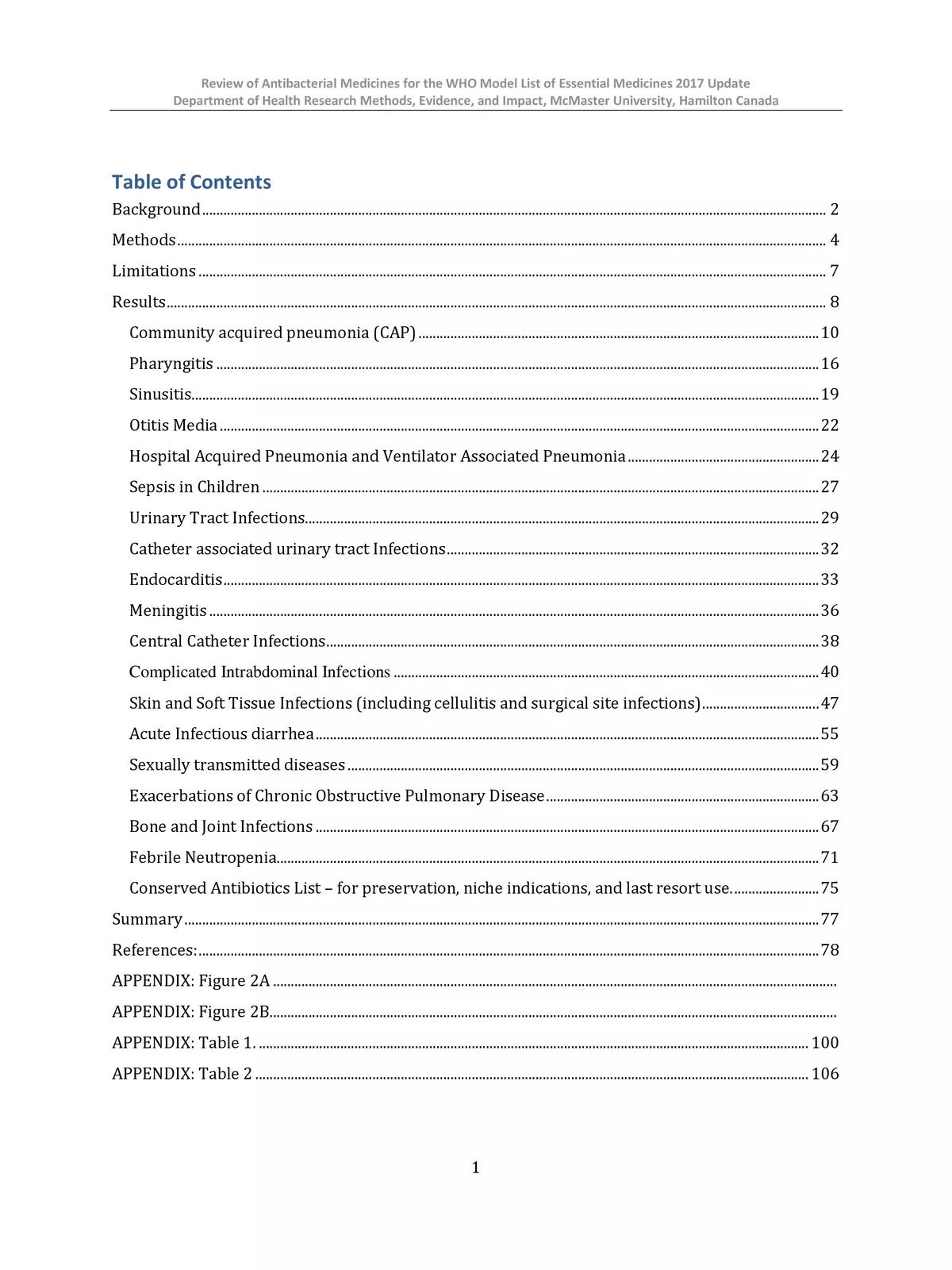List of Antibiotics - Summary
Antibiotics are crucial medications used to treat various bacterial infections, and it’s essential to know that each antibiotic is specific to the type of bacteria being treated. These medications should not be swapped from one infection to another. When used correctly, antibiotics are generally safe and have minimal side effects.
However, like all medications, antibiotics can cause side effects, which can range from mild annoyances to serious health risks. Special care is particularly important for infants, the elderly, and individuals with kidney or liver issues, as well as pregnant or breastfeeding women. In these cases, antibiotic doses may need to be adjusted based on the patient’s specific characteristics, such as age, weight, and organ function.
Common Infections Treated with Antibiotics
Top Common Infections
- Acne
- Bronchitis
- Conjunctivitis (Pink Eye)
- Otitis Media (Ear Infection)
- Sexually Transmitted Diseases (STDs)
- Skin or Soft Tissue Infection
- Streptococcal Pharyngitis (Strep Throat)
- Traveler’s Diarrhea
- Upper Respiratory Tract Infection
- Urinary Tract Infection (UTI)
Top 10 List of Generic Antibiotics
- Amoxicillin
- Doxycycline
- Cephalexin
- Ciprofloxacin
- Clindamycin
- Metronidazole
- Azithromycin
- Sulfamethoxazole and Trimethoprim
- Amoxicillin and Clavulanate
- Levofloxacin
Top 10 List of Brand Name Antibiotics
- Augmentin
- Flagyl, Flagyl ER
- Amoxil
- Cipro
- Keflex
- Bactrim, Bactrim DS
- Levaquin
- Zithromax
- Avelox
- Cleocin
Types of Antibiotics
- Penicillins
- Tetracyclines
- Cephalosporins
- Quinolones
- Lincomycins
- Macrolides
- Sulfonamides
- Glycopeptides
- Aminoglycosides
- Carbapenems
Most antibiotics belong to different classes, which are groups of medications that have similar chemical and pharmacologic properties. Their chemical structures may be similar, and antibiotics within the same class often target the same or related bacteria.
For more details, you can download the List of Antibiotics PDF using the link provided below. 📥
